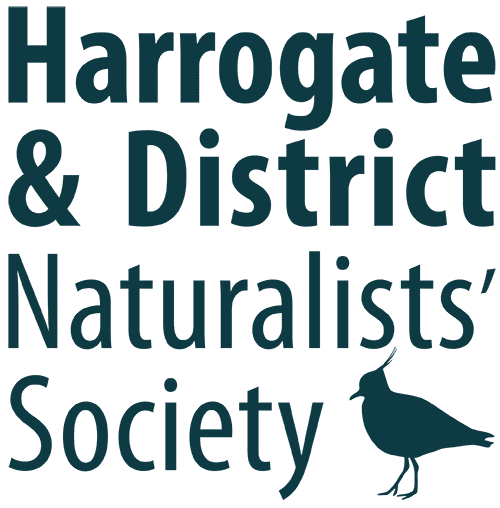The weather forecast was not favourable but we had a dry start as we met at Gouthwaite Reservoir car park. Since our last visit there in 2019, a real eye opener awaited us as a forest of trees is now growing in the middle of the reservoir. This is due to the lowering of the water level for a considerable time in order to carry out work on the dam wall. The large expanse of exposed mud attracted Common Sandpipers, Dunlins, Ringed Plovers, Common Redshanks, a displaying Little Ringed Plover and two White Wagtails the nominate race our Pied Wagtail. We were surprised to see two Swifts flying overhead. Amongst the wildfowl were a drake Goosander, Teal, Tufted Duck, Shoveler and Wigeon, while on the ridge Common Buzzard, Red Kite and Kestrel were seen. A Cuckoo called from across the reservoir, but most of the group missed it as they had walked further up the road to view the north end of the reservoir.
We drove on to our next site on the road to Scar House Reservoir where we parked by the Fire Station building and walked to the bridge from which to view the river where a Dipper may sometimes be seen. The river level was very low due to the lack of rain and, though a Grey Wagtail was seen, there was no sign of a Dipper. Further along the road, our next stop was at the tunnel where, thanks to a member of our Society who erected nest boxes there many years ago, Pied Flycatchers can be found in the area each year. On cue, a fine male duly obliged, giving good views, which pleased all observers.
Our lunch stop was in the reservoir car park, from where we hoped to see Ring Ouzel, always a difficult species to locate amongst the many scree slopes and rocky outcrops. Eventually a male was found, giving good views as it perched on a rock and later a female joined it. Wheatears can also be elusive, particularly as these migrants are early arrivals and the first half of the month is a more productive time, however they were located although at a distance. A shout of ‘falcon’ had us searching the skies and some were lucky enough to catch sight of a Merlin as it flew at great speed across the hillside. After lunch, with the sky threatening rain, we made our way along the road to Angram Reservoir, where a small plantation of mixed woodland contains oak trees, a favourite of Redstarts. It began to rain as we arrived and so we retumed to take shelter under the trees at the dam as it continued for nearly an hour. As we had previously been given information that there were more Ring Ouzels on the northern slopes, we made our way across the dam. They were soon found, as were Wheatears, all birds giving much better views than those we had earlier.
Back in our cars, we began the return journey stopping at another Pied Flycatcher site where three birds were found, but activity was curtailed due to the weather. We made a brief stop at Gouthwaite Reservoir, in the hope that the rain may have produced some passage birds, but nothing could be found. One member said he would check for Dipper at Wath bridge on his way back. Later l received a phone call from him saying that he had walked up the field side path to the dam, where he found three Dippers below the wall and he had also seen a Treecreeper.
The weather conditions were not ideal, it was very cold and dull with an easterly airstream which did not induce the birds to be very active, and the rain did not help. Overall, the group did well to achieve a total of 69 species, which included our target birds, and the total was three greater than on our previous trips.
June Atkinson
